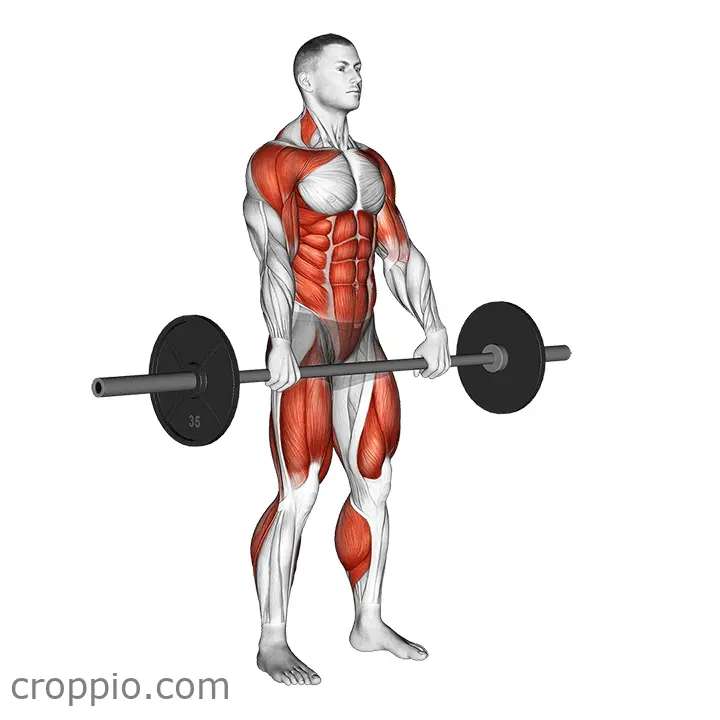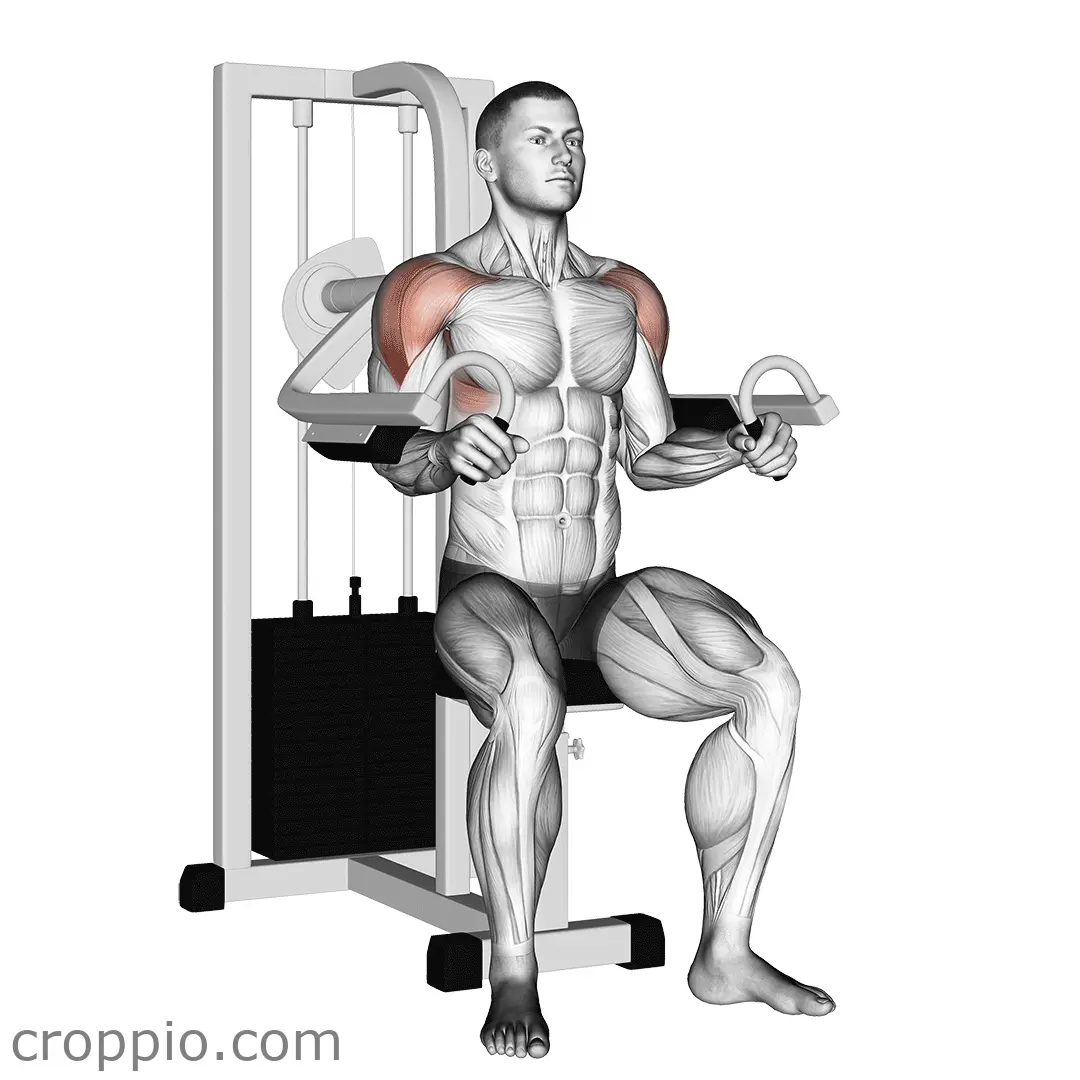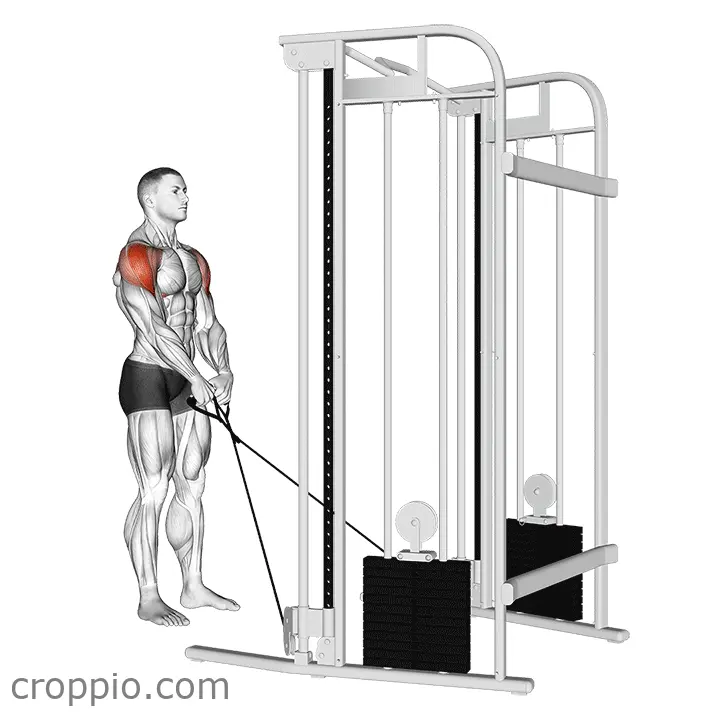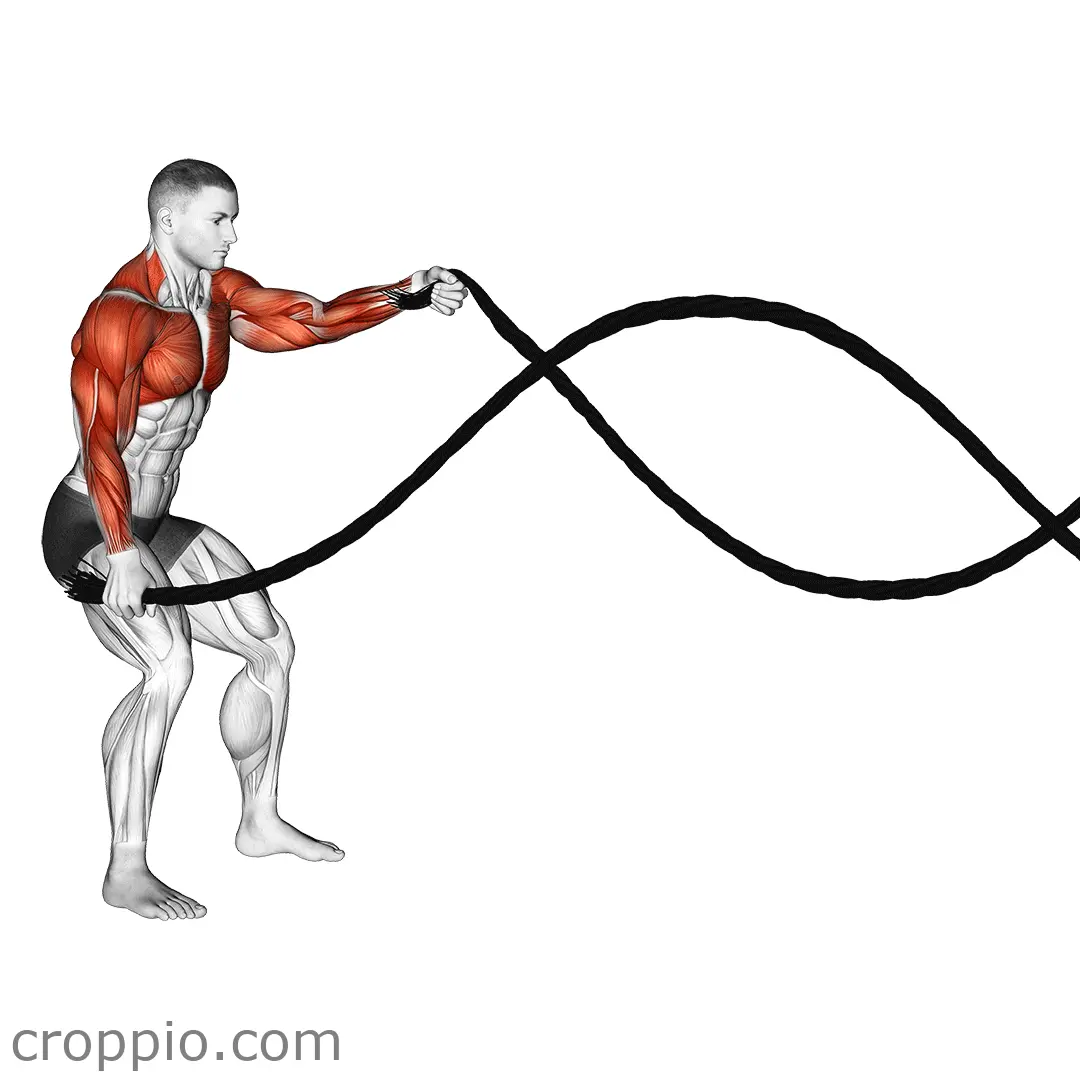Cross Chest Shoulder Stretch
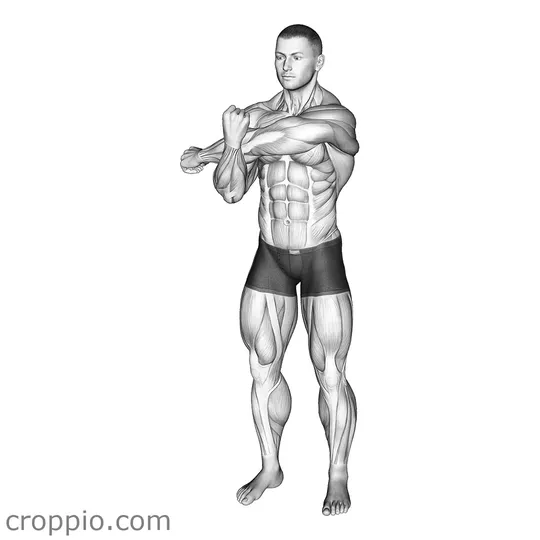
Muscles Involved
The cross chest shoulder stretch primarily targets the muscles surrounding the shoulder joint and upper back. The primary muscle engaged is the pectoralis major, which is located at the front of the chest. The stretch also significantly involves the deltoids, specifically the posterior deltoid, as well as the surrounding rotator cuff muscles. Secondary muscles include the trapezius, which stabilizes the shoulder blades, and the serratus anterior that helps in the movement of the scapula. This stretch fosters flexibility in these areas, promoting a wider range of motion and reducing tightness.
Top Mistakes
- Rounding the back: Allowing the spine to curve forward can lead to ineffective stretching and potential back strain.
- Overextending the arm: Pulling the arm across the body too forcefully can result in discomfort or injury.
- Holding breath: Many individuals forget to breathe deeply during the stretch, which can limit relaxation and effectiveness.
- Neglecting the opposite shoulder: Failing to keep the opposite shoulder down while stretching can diminish the stretch’s effectiveness.
Execution Tips
- Start by standing or sitting upright with a straight back and shoulders relaxed.
- Extend one arm across your body at shoulder height, making sure to keep it straight.
- Use your opposite hand to gently pull the extended arm closer to your chest while maintaining a straight back.
- Ensure the opposite shoulder is depressed, keeping it away from your ears to fully feel the stretch.
- Hold the position for 15-30 seconds while maintaining deep, even breaths to enhance overall relaxation.
- Repeat the stretch on the opposite arm to achieve balance.
Workouts
The cross chest shoulder stretch can be seamlessly integrated into both warm-up and cool-down routines. It is recommended to perform 2-3 sets of 15-30 seconds for each arm after a full-body workout or upper-body strength training. It pairs well with other stretching exercises such as the overhead triceps stretch and door frame pec stretch to enhance shoulder flexibility. Also, consider incorporating this stretch into daily movement or yoga sessions to maintain overall shoulder health.
Conclusion
The cross chest shoulder stretch is an effective exercise that not only promotes flexibility and mobility in the shoulders and chest but also alleviates stress and tightness accumulated from daily activities or workouts. By avoiding common mistakes and following execution tips, individuals can enhance their performance, reduce injury risks, and improve overall upper body function.
